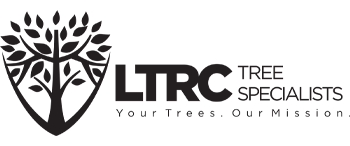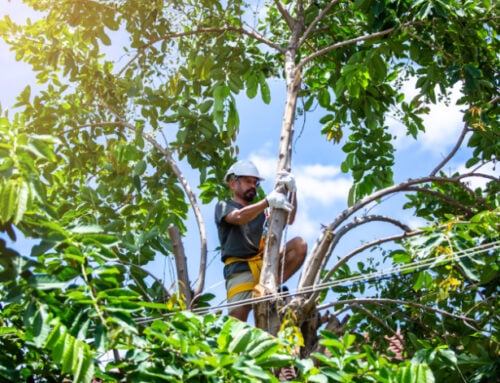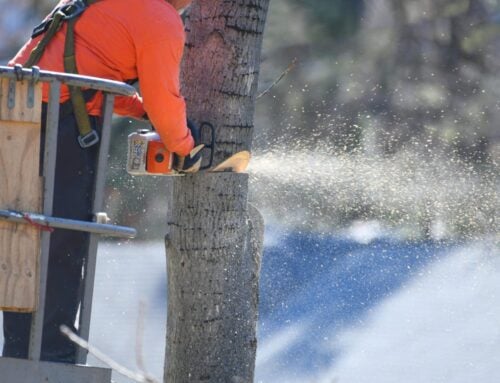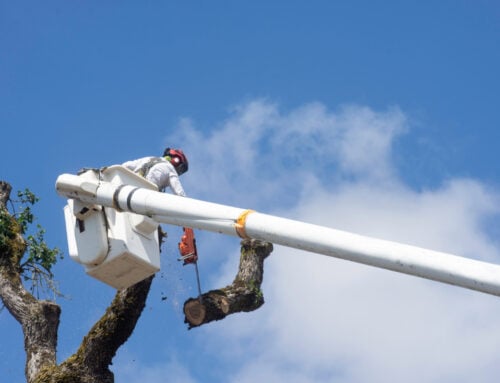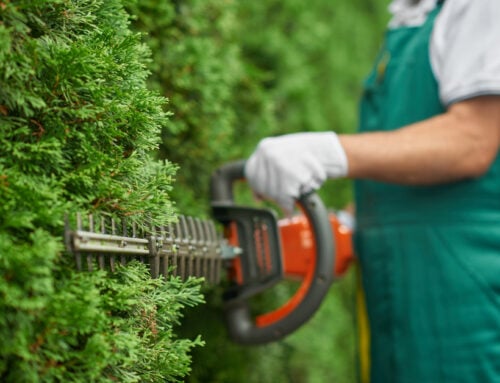An arborist, often referred to as a tree surgeon, is a professional in the practice of arboriculture. This is the study, management, and cultivation of individual trees, shrubs, vines, and other perennial woody plants. Arborists are equipped with the knowledge and skills to safely and effectively care for the greenery in our surroundings. Their work is vital in urban landscapes where proper tree management can have a significant impact on the health of the ecosystem.
Role of an Arborist
The role of an arborist is multifaceted, involving much more than simply tree surgery. Arborists assess the health of trees, identifying and treating any diseases or pests they may harbor. They are often involved in planting and maintaining trees, ensuring their growth and development are optimal.
Arborists also provide pruning services to maintain the structural integrity and aesthetics of the tree. Moreover, they perform safe tree removal when necessary, considering the impact on the environment and surrounding area. The arborist’s role is integral in enhancing our urban landscapes, contributing to biodiversity, and promoting a healthier environment.
Qualifications and Training
To become an arborist, an individual typically needs a high school diploma or equivalent. They then undertake specific training in arboriculture, which can be gained through certificate programs, diplomas, or degree courses in subjects like forestry, horticulture, or environmental conservation. These courses provide a foundation in the biological sciences and educate students about various aspects of tree care, including disease identification, pest control, and tree physiology.
Practical experience is equally important, and aspiring arborists often gain this through internships or entry-level positions in landscaping or tree care companies. They learn essential skills such as proper pruning techniques, safe tree climbing, and the use of various pieces of equipment.
Moreover, certification is a significant aspect of an arborist’s qualifications. Organizations like the International Society of Arboriculture (ISA) offer certifications that demonstrate a professional level of knowledge and adherence to industry standards. The ISA certification, for instance, requires a certain level of experience as well as passing an extensive examination. Continuing education is also crucial to stay updated with the latest techniques and discoveries in tree care.
Arborist Tools and Equipment
Arborists utilize a wide array of tools and equipment to carry out their tasks effectively and safely. These range from simple hand tools to sophisticated machinery. Essential hand tools include pruning shears for small branches and twigs, while larger branches may necessitate the use of chainsaws. Loppers and pruning saws are also commonly used for managing tree growth.
- For climbing, arborists use equipment like rope, harnesses, and carabiners to ensure their safety while working at heights. Helmets and other personal protective equipment (PPE) are paramount for protection against falling debris and other potential hazards.
- In terms of machinery, stump grinders, wood chippers, and bucket trucks are often relied upon for heavier tasks. Stump grinders remove tree stumps, wood chippers help dispose of tree waste, and bucket trucks provide a platform for arborists to reach tall trees safely.
From the range of tools and equipment, it is clear that arborist work is a blend of precision, strength, and safety consciousness. Proper use and maintenance of these tools are crucial aspects of an arborist’s daily work.
Types of Arboricultural Services
Arboriculture covers a wide range of services aimed at nurturing the health and longevity of trees and shrubs. Some of the key services include:
- Tree Pruning: This involves the removal of specific sections of a tree, such as branches, buds, or roots, to improve tree health, enhance tree shape, and reduce the potential risk of falling branches.
- Tree Removal: Sometimes, due to disease, infestation, or structural instability, trees may need to be removed entirely. Arborists have the necessary skillset to safely and efficiently perform this task while minimizing damage to the surrounding environment.
- Tree Planting and Transplanting: Arborists guide the process of planting new trees and can provide recommendations on species that are suitable for a specific location or purpose. They can also undertake the delicate process of transplanting a tree from one location to another.
- Pest and Disease Management: Arborists are skilled in identifying and managing pests and diseases that may affect the health of trees. They can implement integrated pest management strategies and prescribe treatments to combat these threats.
- Tree Inventory and Risk Assessment: This service involves categorizing and assessing trees for their health, risk potential, and care requirements. It is essential for land management, safety considerations, and planning tree maintenance schedules.
- Consultancy and Report Writing: Arborists often provide expert advice to property owners, developers, and municipalities on tree conservation, tree protection during construction, and how to improve tree health. They may also prepare reports to support planning applications or in response to tree-related disputes.
This list gives a broad overview of the services that fall within the scope of arboriculture, but it is by no means exhaustive. The role of an arborist extends to any task that contributes to the health and well-being of trees and woody plants.
Benefits of Hiring an Arborist
Hiring an arborist has numerous advantages that go beyond the mere maintenance of trees. Firstly, arborists possess the knowledge and expertise to care for trees properly. They understand the needs of different species and can provide necessary treatments or interventions that promote tree health. Secondly, professional arborists can identify potential hazards like weak branches or disease, taking necessary actions to prevent damage or tree loss. They also conduct safe tree removal, which is crucial in preventing property damage or injuries.
Thirdly, arborists can provide valuable advice on tree planting, helping select the right species for your location and soil conditions. This guidance ensures the trees’ healthy growth and longevity. Furthermore, arborists’ use of proper tree care practices doesn’t just prolong the life of your trees but can enhance your property’s aesthetic appeal and value.
Lastly, in many regions, certain arboricultural practices are regulated by law, and compliance is ensured by hiring a certified arborist. They can carry out tasks in a manner that adheres to local regulations, helping property owners avoid potential fines.
Get in Touch with a Certified Arborist Today
If you’re in Alpharetta, Georgia, and need professional tree services, reach out to LTRC Tree Specialists today. With our certified arborists on the job, you’ll be assured of top-quality care for your trees. We’re just a phone call away at (404) 288-5872. Let us help you keep your trees healthy, your property safe, and your landscape beautiful. Contact us now!
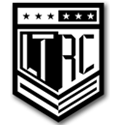
Contact Us For A Free Estimate!
